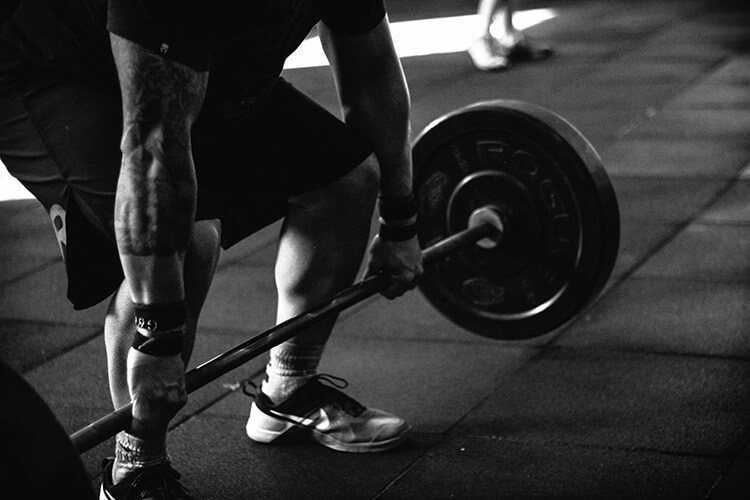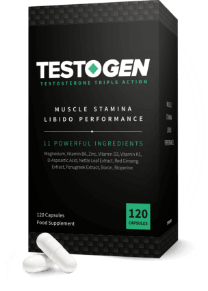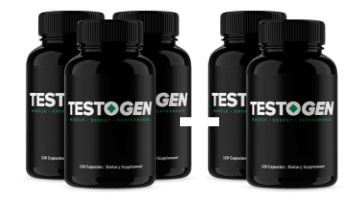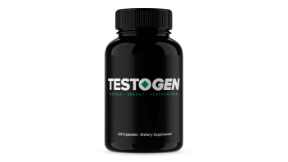When you waltz into a gym, you want to make good and sure that you maximize your time or you will end up frustrated and possibly fall off the wagon. That’s where heavy lifting comes in. Sure, you can get results by lifting some piddly weights and doing foofoo exercises. But that’s not going to get you far.
Your objective is to get bigger and stronger, which can be achieved by doing heavy lifting and getting a sizeable testosterone release. That’s where learning the science behind this can help.
Why testosterone?
It’s best that you learn more about the importance of testosterone first. Then you will understand the importance of its release in your body.
It’s actually known as the dominant male sex hormone, but it goes a lot further than that. You also need it for energy, brain function, and muscle mass (1). Not only does it give you energy to work out, but it is also needed to maintain your muscle mass.
All of these functions combined make testosterone one of the most important hormones in the system.
How to get the best effect
The body naturally releases testosterone, but there is a way to boost this effect. And this is where the science comes in. You see, when you lift heavy weights, your body goes into a different mode. You are shocking your system so it doesn’t know how to respond.
It thinks that a tragedy is about to occur, so, as a defense mechanism, it pumps out a bunch of testosterone. You also get a nice release of growth hormone, for the record, which is also quintessential for muscle-building.
That is why you want to dedicate at least a day or two to heavy lifting in your weekly protocols.
Specific exercises
Doing heavy lifting is one thing. But the exercises you choose to do can have a greater impact on your T-levels. Sure, you can do heavy biceps curls, but you are only working one muscle group. And the heavier you go, the greater your chance of using bad form.
Just for the record, a biceps curl is an isolation exercise. When it comes to testosterone, you want to go as big as you can, so compound exercises are a better option.
These incorporate more than one joint and muscle working together. The end result is that you can lift even more weight and get an even greater effect on your testosterone levels.
A clean and press is an example of a compound exercise. You lift a weighted barbell off the floor and press it overhead. This causes a high output of energy, which in turn boosts your T-levels. Just think – the harder the effort and the more the muscle recruitment, the greater the testosterone release.
Other compound exercises include bench presses, back rows, military presses, deadlifts, lunges, and squats.
Timing of workouts
Here’s one more piece of science you might want to take into consideration. When you work out after fasting, your testosterone levels get boosted even more. There is no exact time to aim for, but as a rule of thumb, 8 to 10 hours fasted is a good range.
If you work out later in the day, try to go 3 or 4 hours and feel a slight bit of hunger going into your session. That feeling will wear off after you get started and you will feel your energy levels go up once you get the blood pumping.
Overtraining
On the other side of the room, you have overtraining, which is something you never want to do. This can sap your adrenal glands, which are important for testosterone production. By not giving your body the proper amount of rest it needs, you can ultimately lower your T-levels and also get injured.
Take at least one day off between heavy weight training workouts. It’s ideal to go with two or even three days. At least, take this much time off before working the same muscle groups intensely. You can still do other things on off days. Just don’t overdo it.
Can You Replicate Jaime’s Amazing Testogen Workout Results? >>
Conclusion
As you can see, heavy lifting is more important than meets the eye. There is never any need to become a loud-mouthed meathead, but you can still get great benefits from the work you do in the weight room.
Research sources:
1. https://www.ncbi.nlm.nih.gov/pubmed/2917954




















